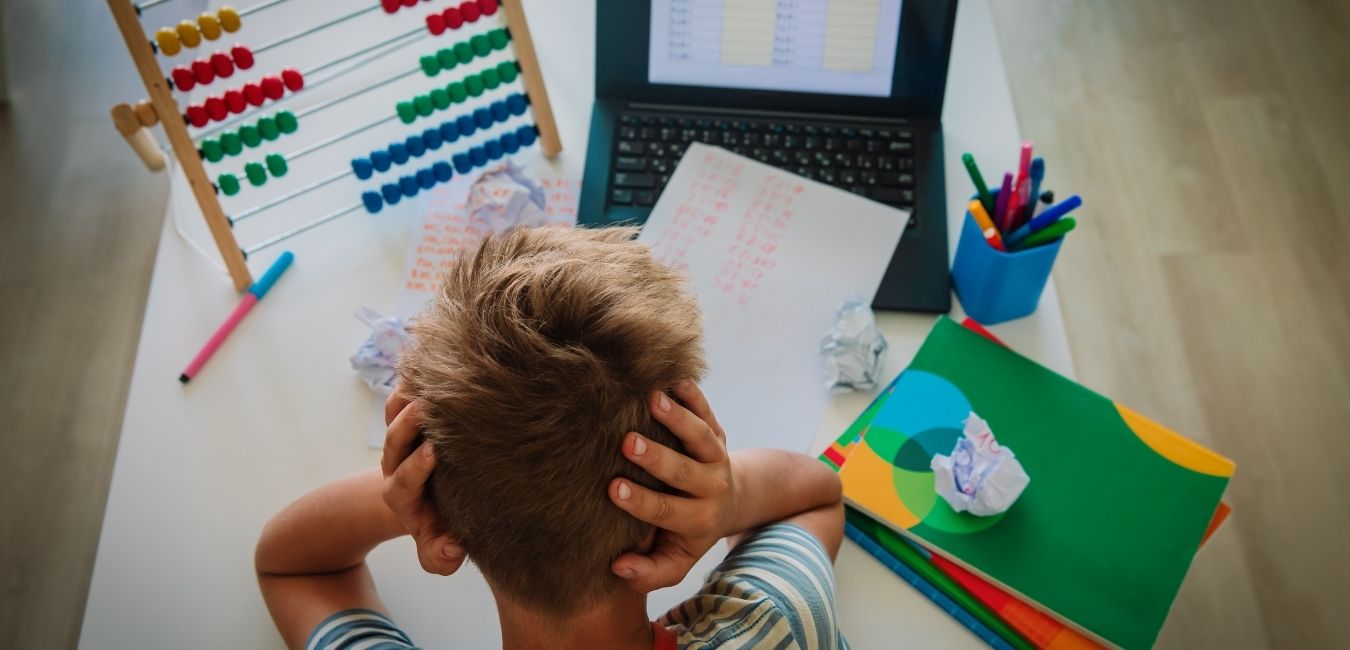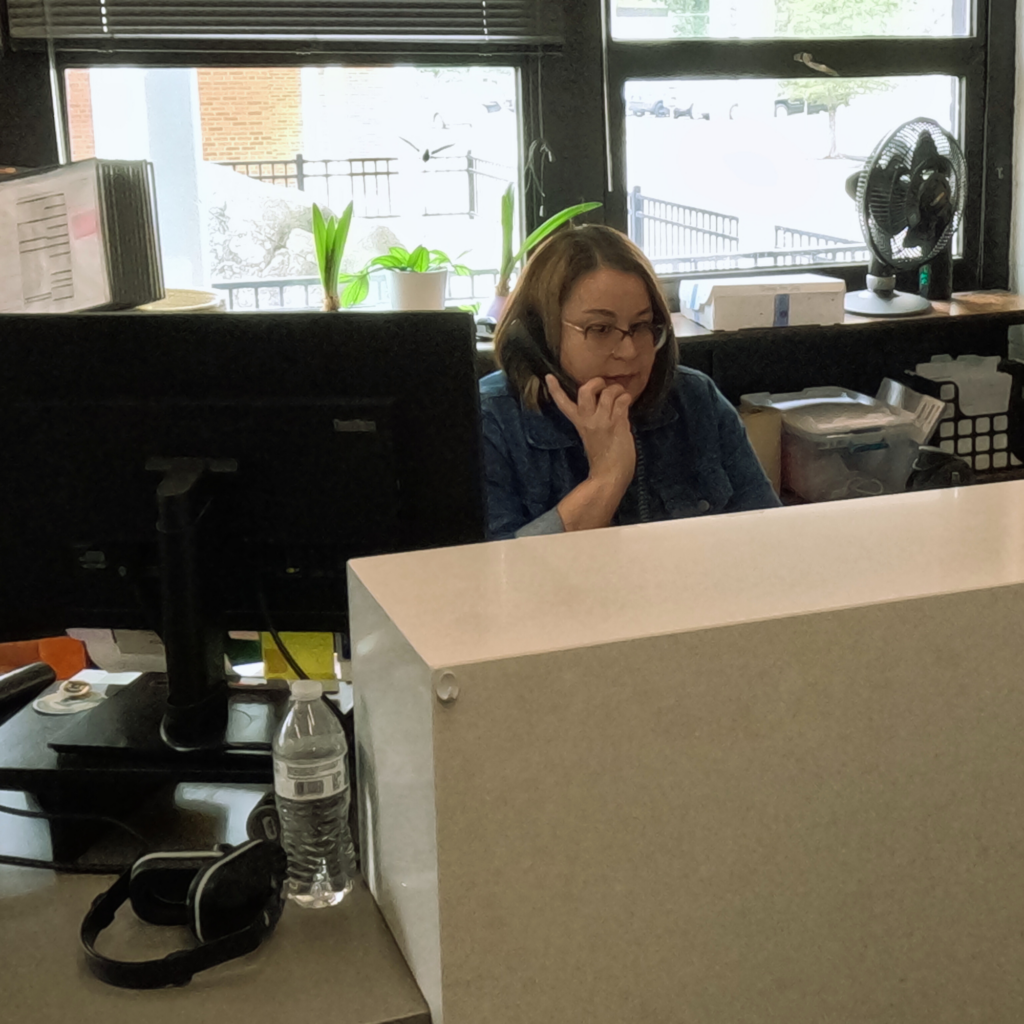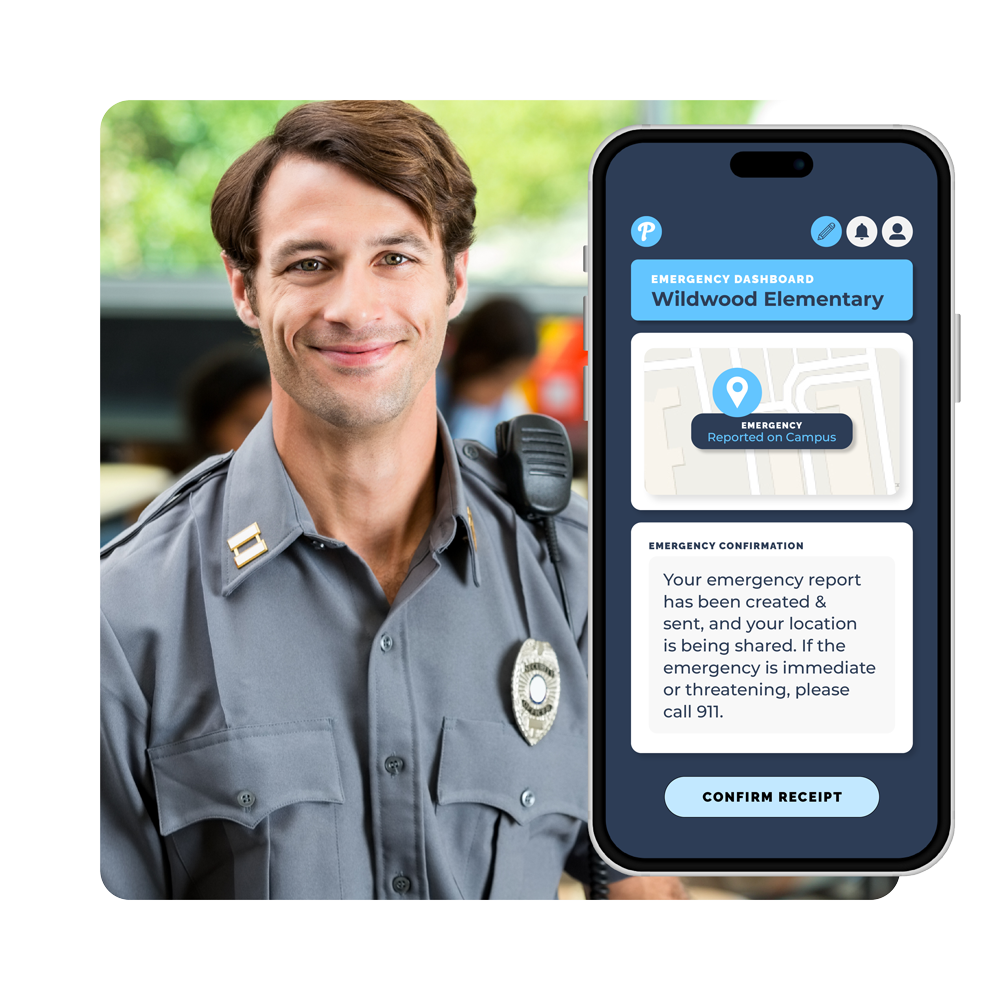Though the physical impacts of COVID-19 are undeniable, there are countless mental health challenges that children and their families will continue to deal with long after the pandemic ends. Atop this list of psychological hurdles is student anxiety at school.
According to a survey, most students have experienced mental health challenges during the pandemic. And after 2020’s unending uncertainty, many kids and adults will continue to struggle as they adjust to a new normal. Understanding how anxiety impacts students returning to school is a key component of the reopening process.
In this article we’ll cover (click to jump ahead)
- Types of student anxiety + associated behavioral changes →
- 7 ways schools can reduce student anxiety →
- Free Whitepaper: Understanding Students’ Stress and Anxiety →

[ps2id id=’anxiety-types’ target=”/]Types of Student Anxiety and Associated Behavioral Changes
Anxiety comes in many different shapes and forms: Separation Anxiety, Social Anxiety, Obsessive-Compulsive Disorder (OCD), Phobic Anxiety (Didaskaleinophobia is the fear of going to school), General Anxiety, and more.
These anxieties can be linked to behavioral changes in students and may impact teachers and peers if left unattended. Distraction, inattentiveness, and even explosive behavior may manifest in anxious children, creating an even more challenging learning environment for everyone involved.
Separation Anxiety + Tardiness and Absenteeism
Given that many children have been with their parents for the larger part of an entire school year, many younger students will likely feel sudden apprehension. Students may struggle with school drop-offs and the worries they have due to being separated from their families during the school day.
“Tardiness and/or truancy is another behavioral effect of anxiety. Students may refuse to go to school if being separated from their parents worries them. Given the past year’s events, this may significantly increase compared to previous years and tardies may eventually spiral into chronic absenteeism – Understanding Students’ Stress and Anxiety
Social Anxiety + Low Participation and Isolation
Virtual classrooms changed many student behaviors. If a child struggled with social anxiety before social distancing, it has potentially worsened after months of zoom calls, facial coverings, and social distancing.
Feeling safe at school will challenge many students. If a student is struggling with social anxiety they may shy away from actively participating in class or with their peers. This inability to connect and engage may further lead to the child feeling isolated and disconnected from their experiences at school.
General Anxiety + attention seeking behavior
Attention-seeking behaviors (i.e., fighting, acting out, yelling) may also result from a student who is feeling anxious and seeking reassurance.
In addition to the other observable changes, students may be unable to answer questions in class; this can be incredibly perplexing since a student may do well on homework and assessments, but then seem to be absent-minded when trying to answer questions. This type of behavior may be the student unconsciously signaling that they are feeling anxious.
Read Next: 5 Tips to Help Students with School Anxiety
[ps2id id=’reduction-tips’ target=”/]7 Ways Schools Can Reduce Student Anxiety
“For families and educators alike, the transition into this school year comes with new challenges. Going “back to school” might mean attending in person with lots of distancing, soldiering through another round of remote learning, or some of both.” – ChildMind.Org
1. Parent Engagement
One way to combat anxiety-driven tardiness is by using parent notifications that connect parents to the school and their students. Increased parent communication reduces tardiness in students as it can help keep all parties up-to-date on what is happening at school. Parents are then able to prepare their child should any special event or change occur at school that day.
2. Roll Call and Check-ins
A daily roll-call to check-in students and notify parents immediately upon their arrival to class can help further mitigate tardiness and truancy. Parents are equally anxious and want to be informed when their child’s bus arrives and departs the campus, or if students are checked-in in time for their classes.
3. Pickup Plan and Structured Dismissals
Pickup plans can reduce student anxiety as it allows teachers and students insight into when parents are on campus for pick up. Using dismissal software to structure pickups can also help keep students in the classroom longer, increase teaching time, and reduce distractions that may cause anxiety at the end of the day. Keeping all parties aware of changes will help ease anxiety around the pickup.
Learn more about PikMyKid’s full saftey + dismissal platform →
4. Morning Surveys and Questionnaires
Parents and staff have to work closely to help students get adjusted this new year. Morning surveys or daily questionnaires to parents can help teachers and staff gauge how a student is feeling that day. This early communication empowers teachers to be more effective when they know their student’s moods before class.
Morning survey example questions:
- Is your student ready to join us for the exciting day?
- We are planning for an outdoor science project. Is your student ready?
5. Use an Emergency Notification System
Offer parents and students peace of mind with a school emergency notification system like the one offered by PikMyKid. When stressful, unexpected events happen in our schools, students and parents need the reassurance that staff and administration have direct access to emergency services to keep students safe.
6. Introduce Enrichment Program Check-Ins
Parents want bold changes in school activities to help students in and outside of the classroom. Some parents feel their kids lost a year’s worth of activities and need to make up for lost time. Offering real-time updates on the students’ participation will boost parents’ confidence in enrollments.
7. Empower your local sponsors
Schools will need a lot of support this year from their local sponsors. Boosting their presence and parent contributions enables your school to gain more sponsorships to deal with the new safety measures and add activities to help students overcome post-pandemic stress.
[ps2id id=’whitepaper’ target=”/]Free Whitepaper: Understanding Students’ Stress and Anxiety
The 2021 – 2022 school year will be unlike any other, but collectively we can achieve the unachievable. By working together with the teachers, staff, parents, and students involved in your school, you can positively impact the community around you.
To learn more about the mental health effects of COVID-19 and get tips on returning to in-person instruction, download a free whitepaper from a fellow teacher on the topic.




